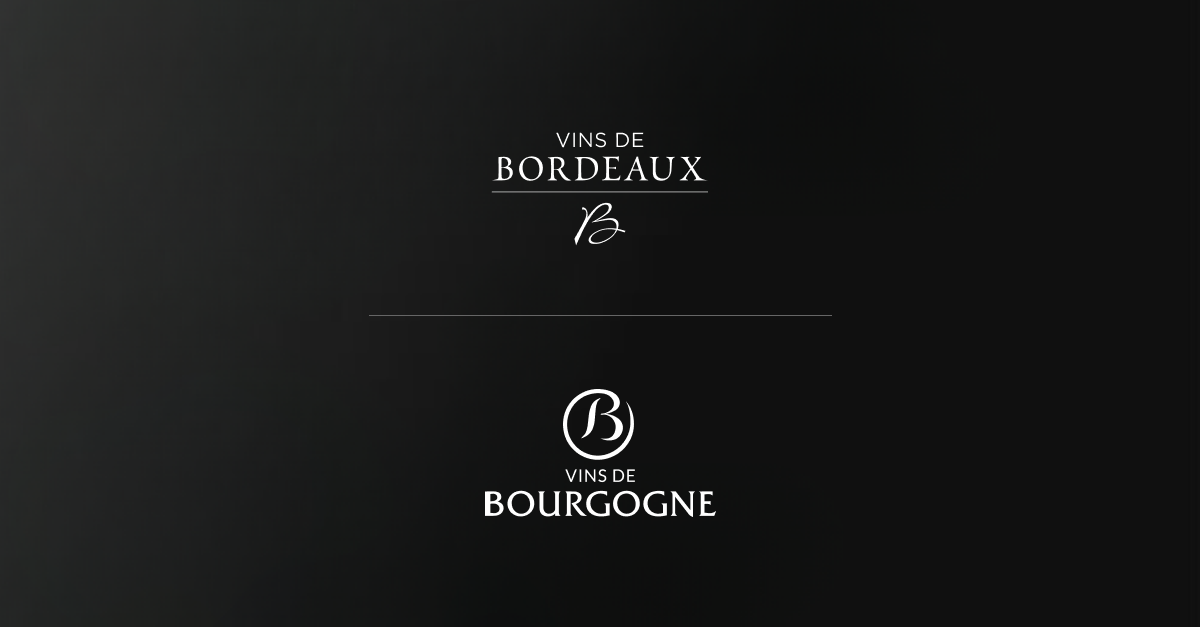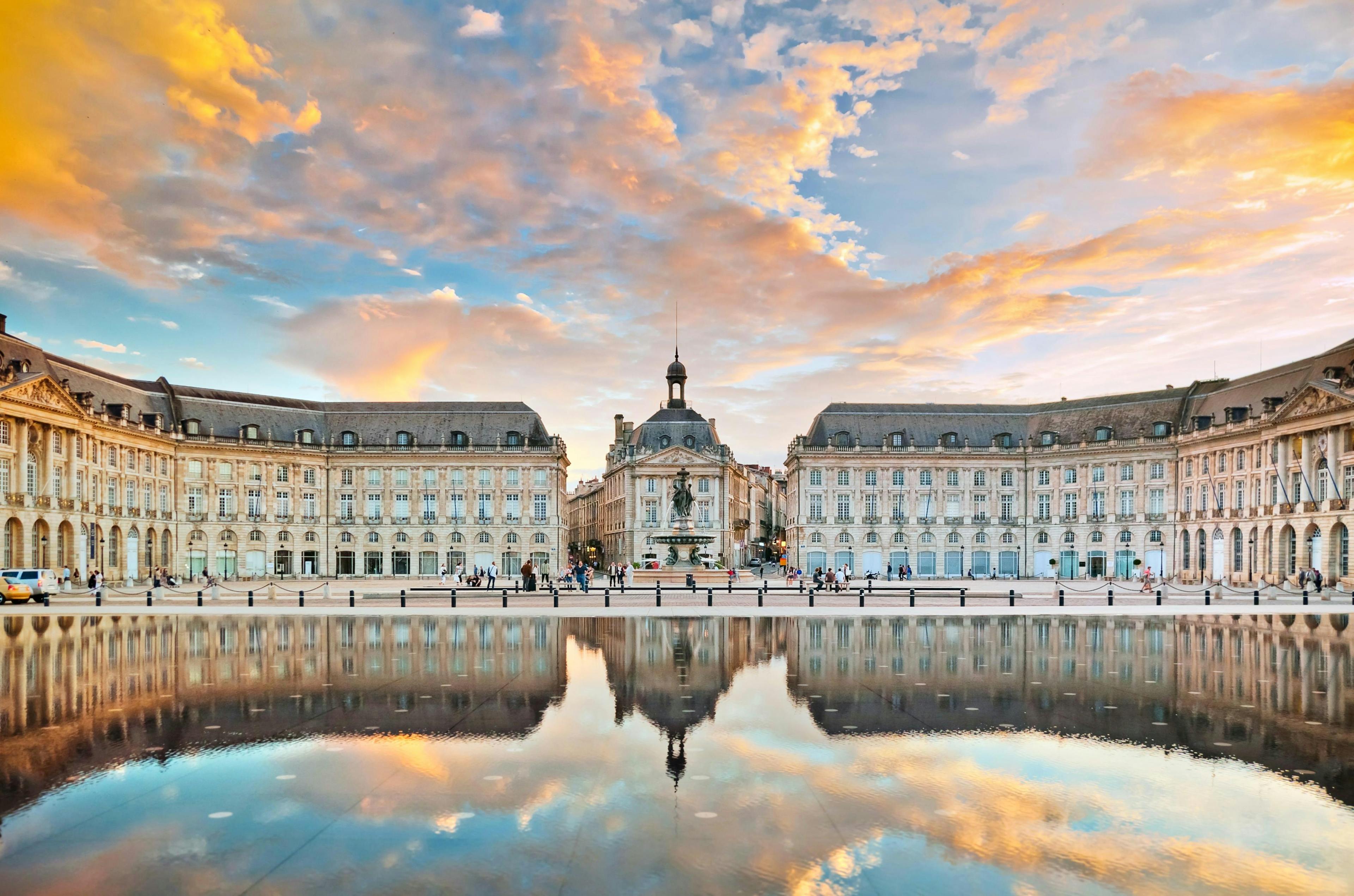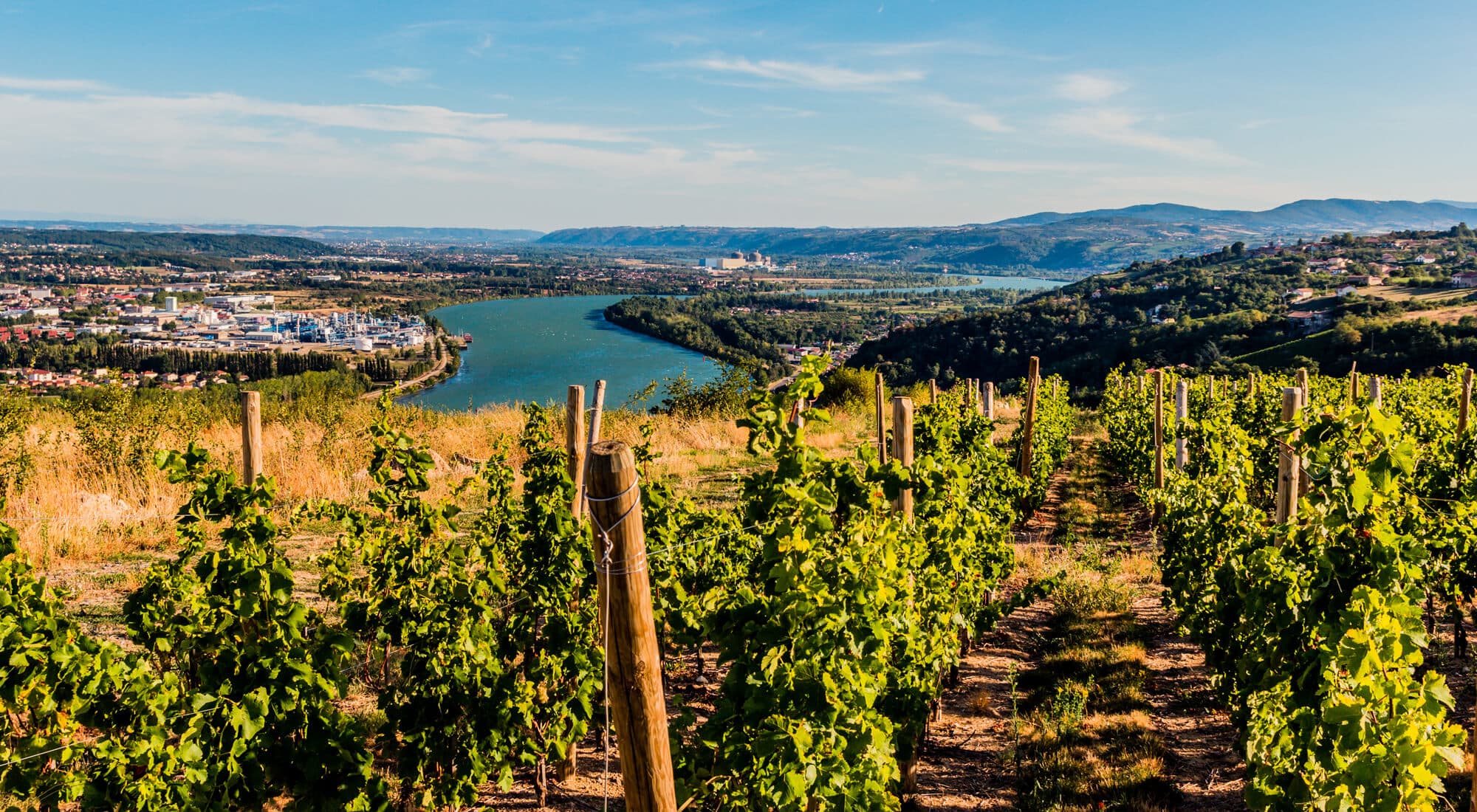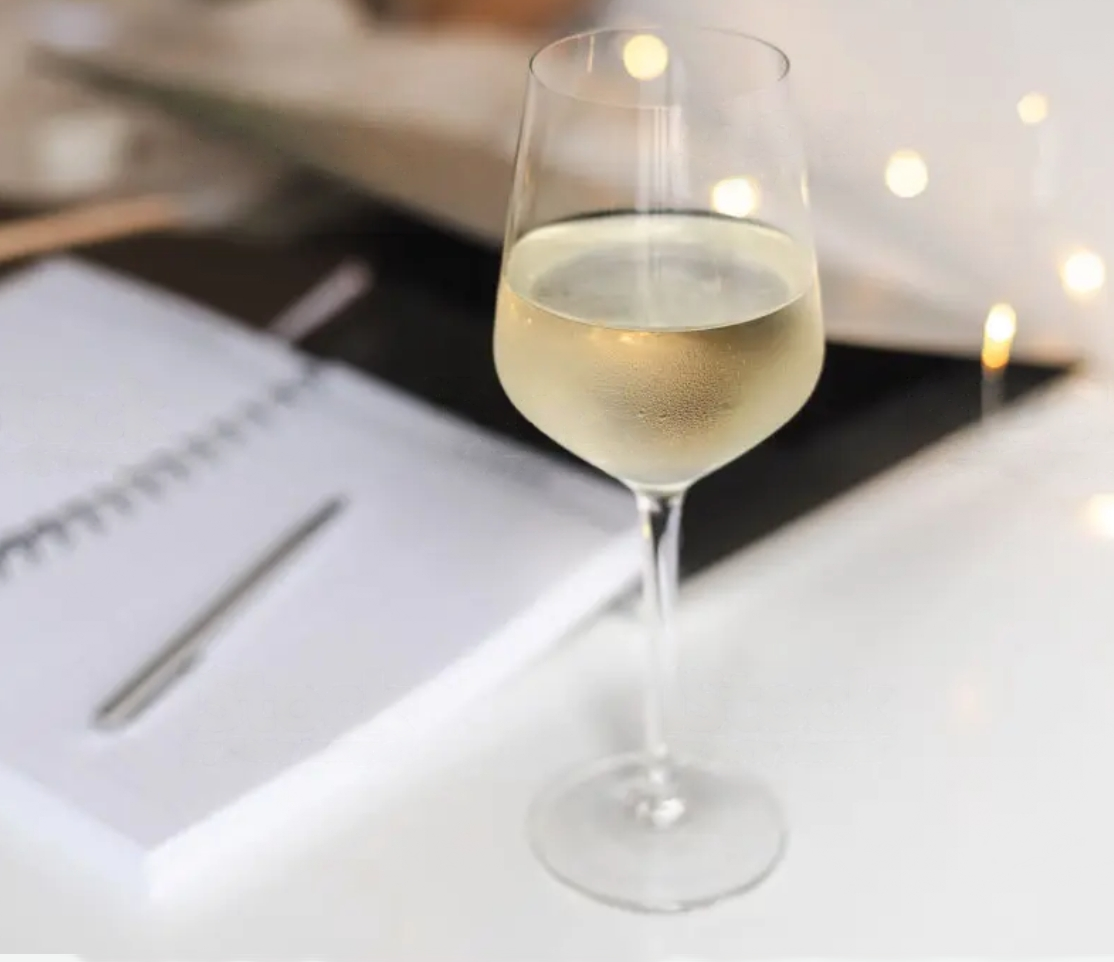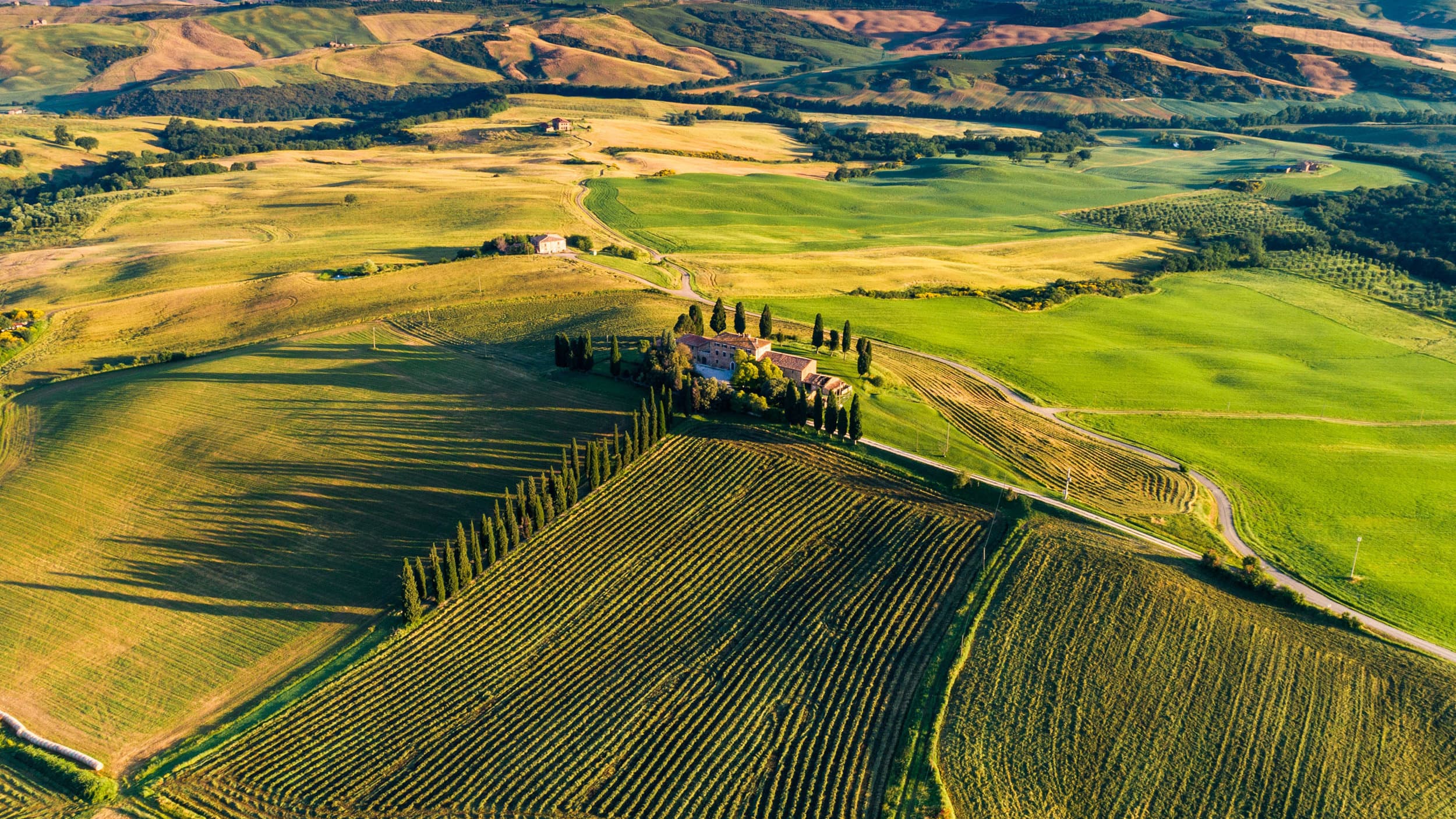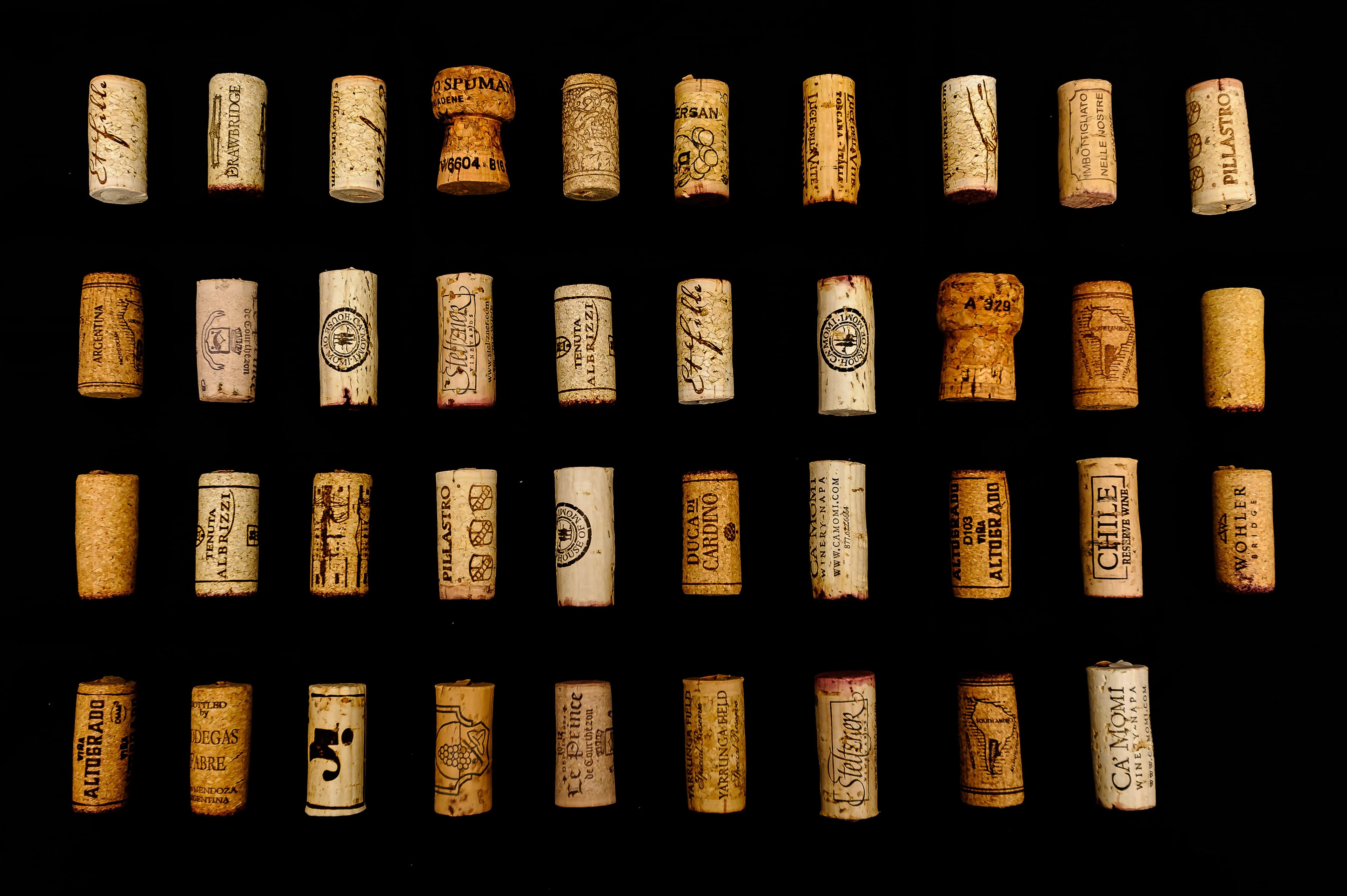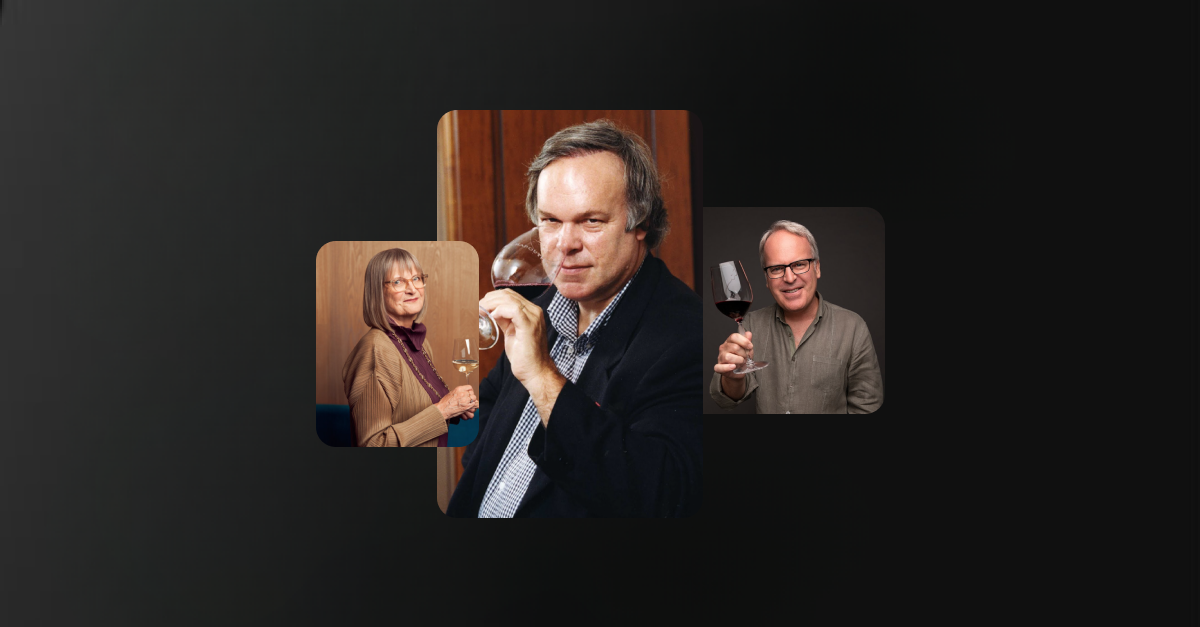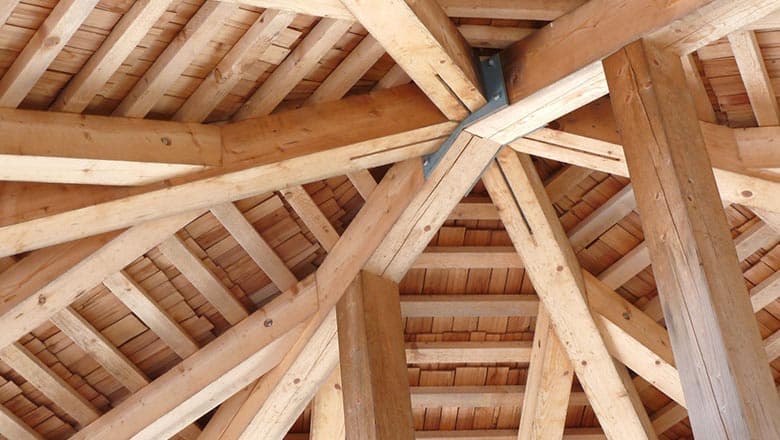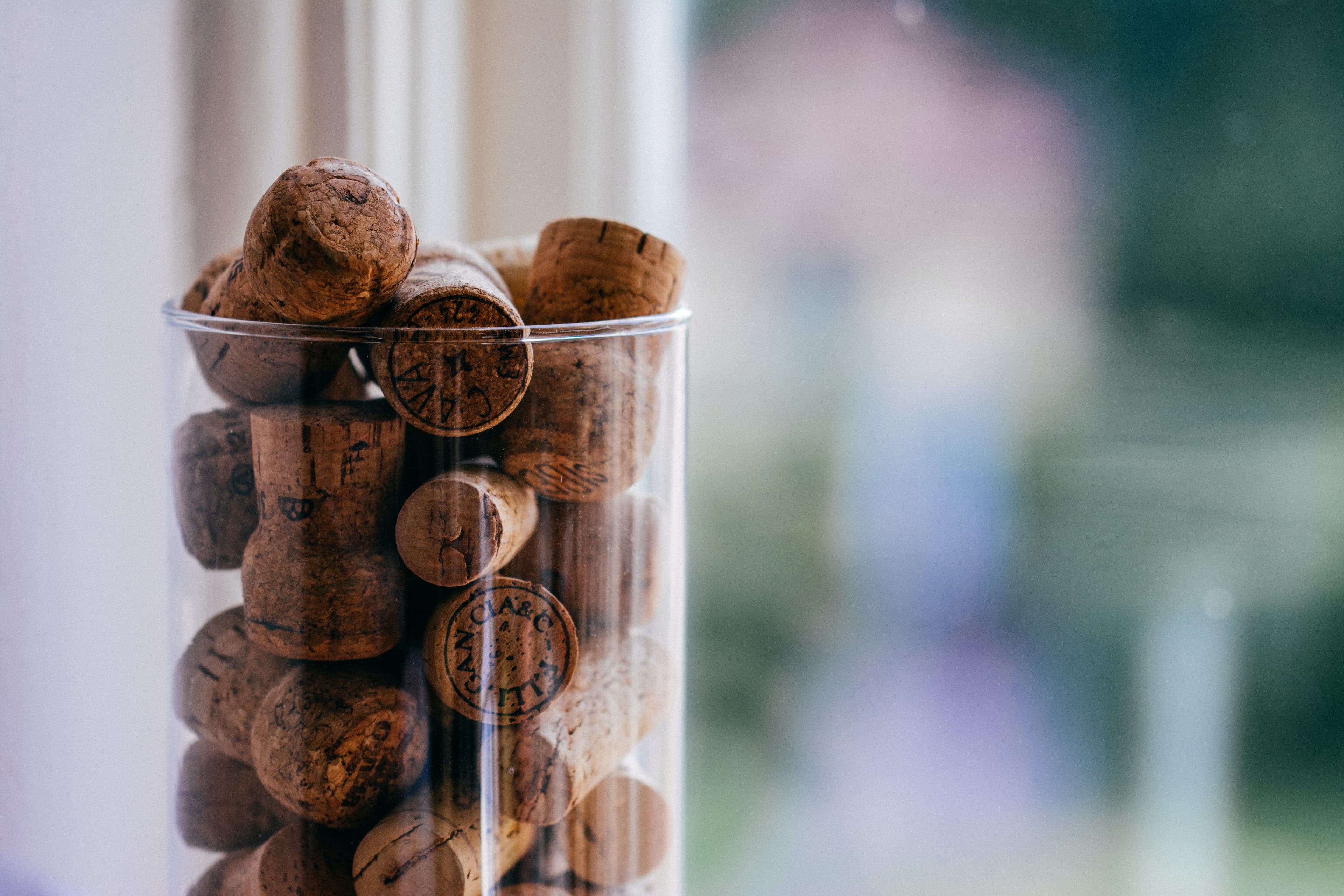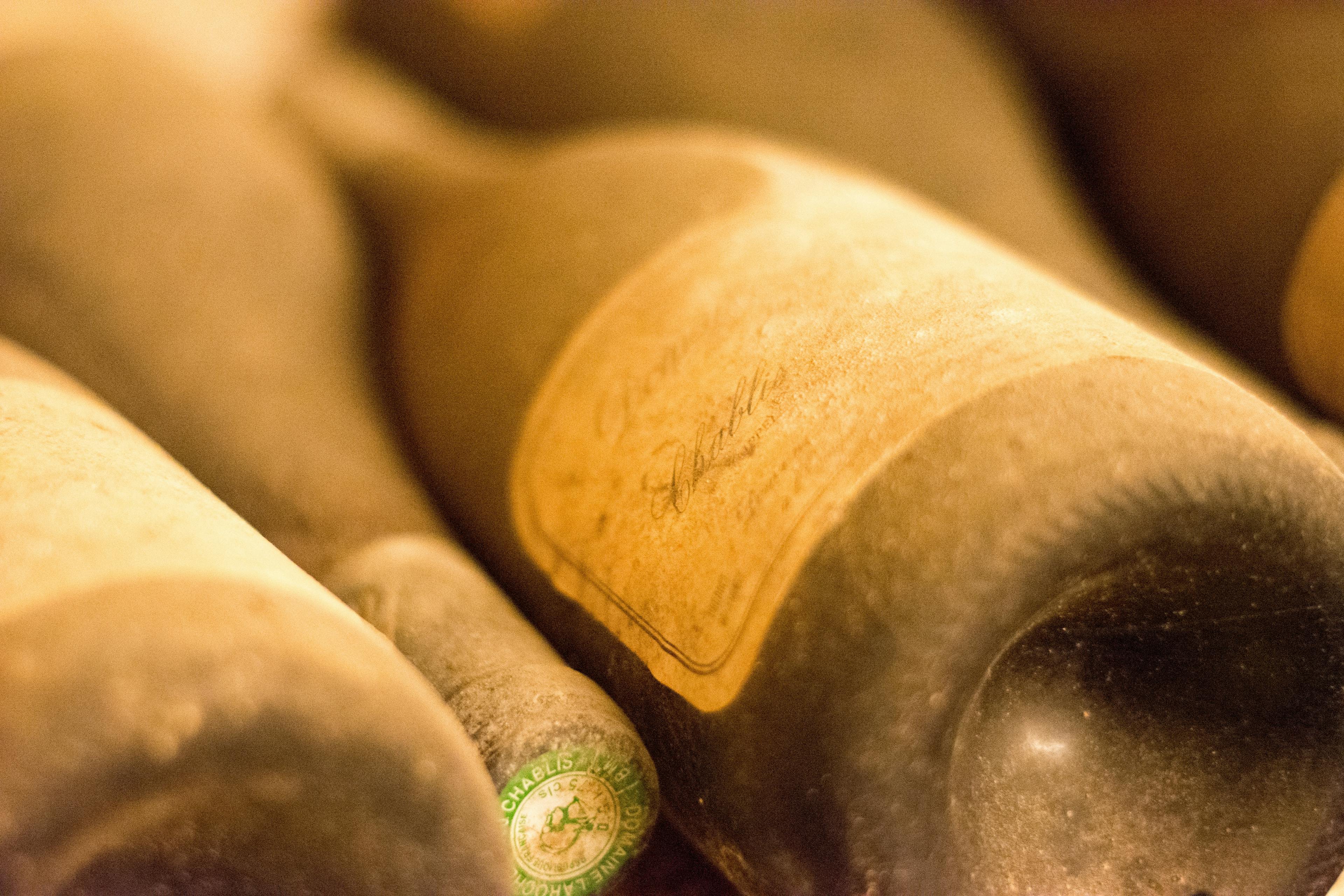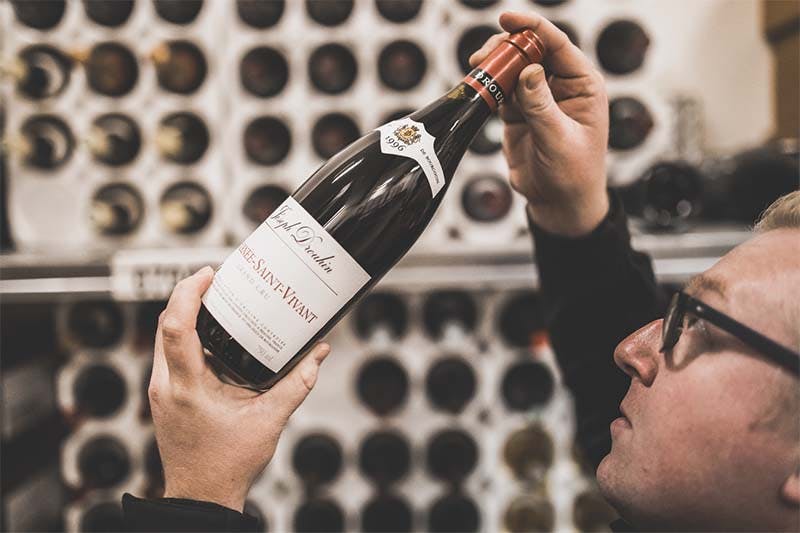What is the History Behind Paul Jaboulet Aîné?
10 min read
Head of Content

The story of Paul Jaboulet Aîné is deeply intertwined with the history of French winemaking. Founded in 1834 in the heart of the Rhône Valley, this prestigious winery has been a beacon of quality and tradition in the wine industry for nearly two centuries. The Jaboulet family, through generations, has been instrumental in shaping not only the landscape of their vineyards but also the standards of excellence expected in Rhône wines. This introduction explores the origins, the pivotal moments, and the enduring legacy of this iconic label, offering insights into how it became synonymous with fine wine and craftsmanship.
Founding and Early Years
In the heart of France's Rhône Valley, the story of Paul Jaboulet Aîné began in 1834 when Antoine Jaboulet laid down the foundation for what would become a renowned winemaking dynasty. He started with a simple yet profound vision: to produce top-quality wines that would represent the richness of the region. Antoine's initial efforts focused on acquiring prime vineyards, which were crucial for achieving the high standards he set.
By the late 19th century, his sons, Paul and Henri, took over the operations, marking the beginning of the winery's expansion and innovation phase. They introduced new techniques in viticulture and winemaking, significantly enhancing the quality and reputation of their wines. The Jaboulet family's dedication to excellence allowed them to store their wines under optimal conditions, which contributed to their longevity and appeal.
Expansion of Vineyards: The acquisition of additional land enabled more diverse wine production.
Innovative Techniques: Introduction of oak aging and controlled fermentation improved wine quality.
Focus on Quality: Maintaining high standards in every aspect of production ensured consistent excellence.
Key Figures in the Winery's History
The history of Paul Jaboulet Aîné is marked by several influential figures who have shaped its legacy. Antoine Jaboulet, the founder, established the winery in 1834, setting the foundation for a lineage of quality winemaking. His sons, Paul and Henri, took over and expanded the business, solidifying the brand's reputation in the Rhône Valley. Under their stewardship, the winery began producing some of its most popular vintages.
Later, Louis Jaboulet, representing the third generation, continued to innovate and uphold the family's commitment to excellence. His efforts were crucial during the mid-20th century, a period that saw significant advancements in viticulture and enology. The involvement of Gerard Jaboulet, Louis's son, brought modern techniques and a global perspective to the estate, further enhancing its international standing.
In 2006, the Frey family, led by Caroline Frey, acquired the winery. Caroline, a trained oenologist, has been instrumental in integrating biodynamic principles into the vineyard management, ensuring sustainability and the continued production of high-quality wines. Her influence is seen as a pivotal chapter in the ongoing story of Paul Jaboulet Aîné.
Evolution of Winemaking Techniques Over the Years
The evolution of winemaking techniques at Paul Jaboulet Aîné reflects a deep commitment to quality and innovation. Initially, the focus was on traditional methods, which emphasized manual harvesting and natural fermentation processes. Over time, the introduction of technology and modern equipment has significantly enhanced the precision and consistency of their wines.
Early 20th Century: The use of oak barrels for aging was adopted, enhancing the flavor profiles and adding complexity to the wines.
Mid-20th Century: Temperature-controlled fermentation was introduced, allowing for more controlled and consistent wine production.
Late 20th Century: The winery began implementing sustainable farming practices, reducing the use of chemicals and focusing on soil health.
21st Century: Advances in digital monitoring and data analysis have enabled more precise vineyard management and quality control.
Each of these changes has contributed to the unique characteristics of Paul Jaboulet Aîné wines, making them stand out in the Rhône wine region. The integration of both old and new techniques ensures that each bottle offers a distinct taste of its rich history and heritage.
Historical Challenges and Triumphs
The journey of Paul Jaboulet Aîné has been marked by numerous historical challenges and triumphs, reflecting the resilience and innovation inherent in this esteemed winery. Founded in 1834, the winery faced its first major challenge during the phylloxera epidemic in the late 19th century, which devastated many vineyards across Europe. Through grafting their vines onto resistant American rootstocks, they not only saved their vineyards but also helped pioneer this technique in France.
In the 20th century, the economic turmoil caused by the World Wars presented further obstacles. However, the winery managed to sustain production and maintain the quality of its wines, which continued to gain international acclaim. The introduction of new food pairings also played a crucial role in pairing their robust wines with suitable cuisines, enhancing the dining experience.
The late 20th and early 21st centuries saw technological advancements in viticulture and winemaking. These innovations allowed Paul Jaboulet Aîné to refine their processes and consistently produce wines that are celebrated worldwide. Each challenge faced by the winery has been met with strategic responses that not only ensured survival but also spurred periods of significant growth and success.
The Acquisition by the Frey Family
In 2006, the Frey family, known for their extensive involvement in the wine industry, acquired Paul Jaboulet Aîné, a venerable name in the Rhône Valley. This transition marked a significant shift for the winery, which had been under the Jaboulet family's guidance since its establishment in 1834. Caroline Frey, who took over as the oenologist and viticulturist, brought a fresh perspective and a commitment to biodynamic practices that aimed to enhance the quality and sustainability of the vineyards.
Revitalization of Vineyards: Under Caroline's stewardship, the vineyards saw a major overhaul. She implemented organic farming techniques, significantly reducing the use of synthetic chemicals.
Focus on Quality: The Frey family invested heavily in modernizing the facilities and equipment. This was done to ensure that every bottle of wine produced met the highest standards of quality and reflected the unique terroir of the Rhône region.
Sustainability Initiatives: Emphasizing sustainability, the new management adopted biodynamic farming practices, which have been shown to serve both the environment and the wine's quality positively.
These changes have reinvigorated the brand, allowing Paul Jaboulet Aîné to maintain its esteemed reputation while continuing to innovate and improve with each vintage.
Milestones in Paul Jaboulet Aîné's Development
Paul Jaboulet Aîné, a renowned name in the Rhône wine region, has experienced significant milestones that have shaped its development and reputation. Founded in 1834 by Antoine Jaboulet, the winery initially gained recognition for the quality of its vineyards in Hermitage, Crozes-Hermitage, and the Rhône Valley. Antoine's passion for winemaking set a strong foundation, which was built upon by successive generations.
In 2006, the Frey family, known for their expertise in the Champagne business, acquired Paul Jaboulet Aîné. This transition marked a pivotal moment, introducing modern techniques and a sustainable approach to viticulture. Under the Frey family's stewardship, the winery embraced organic farming practices, significantly enhancing the vineyard's health and the wines' quality.
Another key milestone was the renovation of their historic La Chapelle vineyard. This not only restored the vineyard to its former glory but also improved the taste profile of its wines. The efforts culminated in La Chapelle being awarded numerous accolades, affirming its status as a world-class wine.
1834: Establishment by Antoine Jaboulet
2006: Acquisition by the Frey family
Renovation of La Chapelle vineyard
Archival Records and Their Stories
Archival records of Paul Jaboulet Aîné reveal a rich tapestry of stories that highlight the craftsmanship integral to its legacy. These documents, dating back to the 19th century, provide insights into the meticulous processes involved in wine production at this esteemed vineyard. They detail the evolution of viticulture techniques and the adaptation to changing climatic conditions over the decades.
1834 Founding Documents: These papers outline the establishment of the vineyard by Antoine Jaboulet and his vision for high-quality winemaking.
1885 Harvest Reports: Detailed accounts of the harvest process, grape selection, and fermentation methods used during a pivotal year in the vineyard's history.
1923 Modernization Plans: Sketches and proposals for updating equipment and facilities, aiming to enhance efficiency while maintaining quality.
1956 International Recognition: Press clippings and awards showcasing the year Paul Jaboulet Aîné's wines gained significant international acclaim.
Each piece of archival material not only sheds light on the historical practices but also underscores the continuous commitment to excellence and innovation that defines the brand.
Influence on Local and Global Wine Culture
Paul Jaboulet Aîné has significantly shaped both local and global wine culture through its rich history and exceptional wine production. Founded in 1834 in the Rhône Valley, this esteemed winery quickly became synonymous with quality and refinement. Its influence extends beyond the borders of France, setting standards for winemaking practices worldwide.
Pioneering Techniques: The winery was among the first to implement organic and biodynamic farming methods in the region. This approach not only improved the quality of their wines but also encouraged other vineyards around the world to adopt more sustainable practices.
Educational Impact: By hosting wine tours and tastings, Paul Jaboulet Aîné has played a crucial role in educating both consumers and producers about the complexities of wine. These initiatives help spread knowledge and appreciation for wine culture, enhancing the overall experience of enjoying fine wines.
Award-Winning Legacy: The winery's consistent production of award-winning wines has helped elevate the status of Rhône Valley wines on the international stage. Their success at various global competitions has drawn attention to the region, inspiring a new generation of winemakers.
Through these contributions, Paul Jaboulet Aîné has not only influenced local traditions but also left a lasting imprint on wine cultures around the globe.
Preservation of Historical Artifacts
Preserving historical artifacts is crucial in maintaining the rich heritage of any esteemed wine producer, such as Paul Jaboulet Aîné. This renowned winery, with its deep roots in the Rhône Valley, has been instrumental in both producing exceptional wines and conserving viticultural history. Efforts to safeguard these artifacts include maintaining original vineyard tools and preserving ancient wine-making equipment.
Documentation and Archiving: Every piece of historical data, from harvest records to family letters, is meticulously archived. This ensures that future generations can trace the winery's evolution and understand the context of each vintage.
Restoration Projects: Periodic restoration of old buildings and cellars is undertaken to prevent decay and keep the historical ambiance intact. These projects often reveal more about past techniques and traditions.
Educational Tours: The winery offers tours that highlight historical practices alongside modern techniques. Visitors get a firsthand look at artifacts that have been preserved, providing a tangible connection to the past.
By integrating these practices, Paul Jaboulet Aîné not only honors its legacy but also enriches the cultural landscape of the wine industry. For more intriguing facts, exploring their dedicated efforts reveals how deeply intertwined history and winemaking are at this venerable estate.
Conclusion
In conclusion, the rich history of Paul Jaboulet Aîné is not just a testament to the enduring legacy of French winemaking but also a beacon for wine enthusiasts who appreciate the depth and character of meticulously crafted wines. From its inception in 1834 by Antoine Jaboulet to its modern-day practices that blend tradition with innovation, this winery has consistently produced wines that resonate with both connoisseurs and casual drinkers alike.
For those looking to invest in or collect wines from Paul Jaboulet Aîné, Rekolt offers an exceptional service that complements the storied nature of these wines. By choosing to store your wine purchases in our professional cellars, you not only ensure optimal aging conditions but also maintain flexibility in managing your wine assets. This service is ideal for those who appreciate the heritage of fine wines and seek to preserve their quality while also engaging in the dynamic world of wine trading and resale. With Rekolt, you can trust that your investment in the history and quality of Paul Jaboulet Aîné wines is well cared for, allowing you to enjoy or resell your wines at their peak potential.
Share this article
